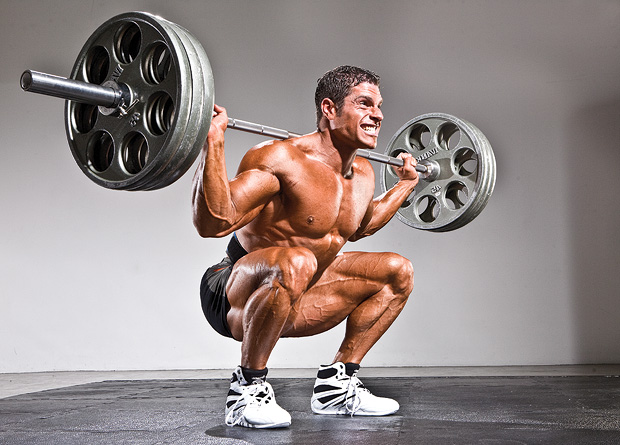Greetings from our Clinic, DISC
April 22, 2015
The F word everyone’s talking about! FASCIA
April 29, 2015Are you ready to squat? It’s one of our favourite movements, because it increases overall strength throughout the body (legs, gluts, core, and mid line stability).
We want to talk about many aspects of squatting from warming up to the biomechanics behind the movement.
Many people sit all day and this causes tightness and sometimes switched off the glutes and flexors yet proceed to go to the gym and grab a barbell and jump straight into the movement! This biggest problem with this is that, without a proper dynamic and multi-planar warm up (such as front and side lunges with a core twist), we reinforce bad movement patterns which increases pain or dysfunction!
We also see a lot of shifts (moving towards one side at the bottom or when coming up) which is usually caused by either instability in one area such as the knee or poor mobility in the ankle on one side! It’s a compensation pattern which normally wouldn’t cause issues until we load the spine!
I know that you’re now questioning should we load the spine at all? Of course! Increasing muscle mass also increases bone strength and prevents osteoporosis! Women even used to deliver children in the squat position as it reduces pressure on the bowels and uterus, with gravity in our favour! What we don’t want to do is load our joints incorrectly! It’s better to squat without weights or an empty barbell until our body learns the correct patterns!
What about those of us who squat on our toes? Loading the anterior chain such as the quads repetitively can cause lots of damage to the knee joint and even ankles. It also prevents us from benefitting from the whole movement which also targets our gluteal and hamstring muscles. And even worse, coming up from the bottom of a squat in this position will load the lower back so severely you are bound to experience a strain or pain!
The solution: mobilize the gluts, hips, calves and ankles until you can sit down on your heels and activate the right muscles with the help of a coach or therapist it’s amazing how great this movement feels when done right! It also helps prevent back pain with prolonged sitting and bending when the right muscles activate! Our coaches even suggest wearing lifting shoes with a heel or improvising with a small plate to elevate the heel while mobility is slowly developing. This will allow the back to stay more neutral and prevent anterior hip impingement.
We can go on about squatting for days and we will release some research regarding the benefits and biomechanics behind the movement but our best suggestion is to work with a specialist to fix your form, work on the imbalances with isolated movements and single leg work (such as Bulgarian split squats and other stability work) and focusing on mobility to stay pain free and maintain healthy tissues.


